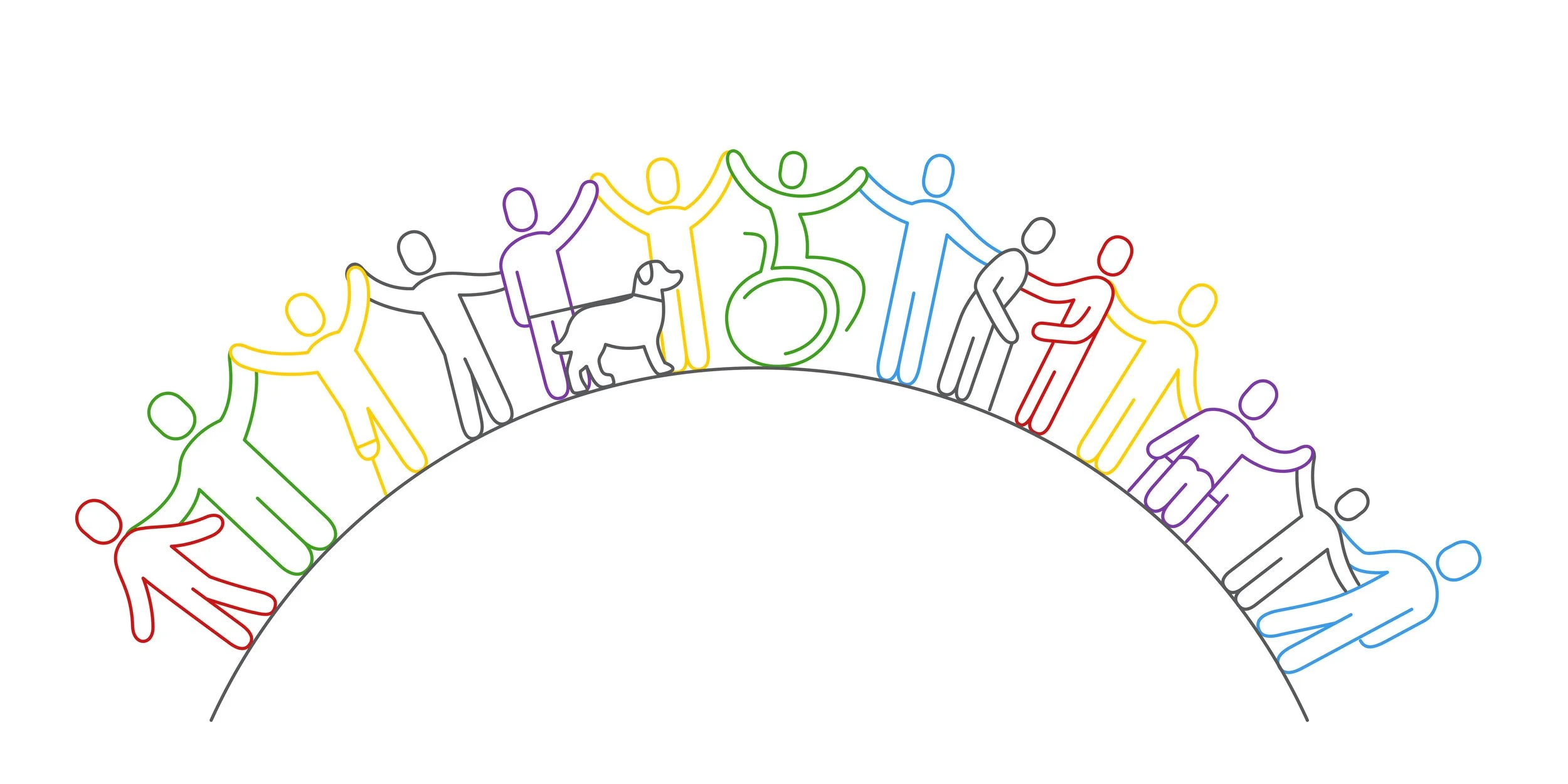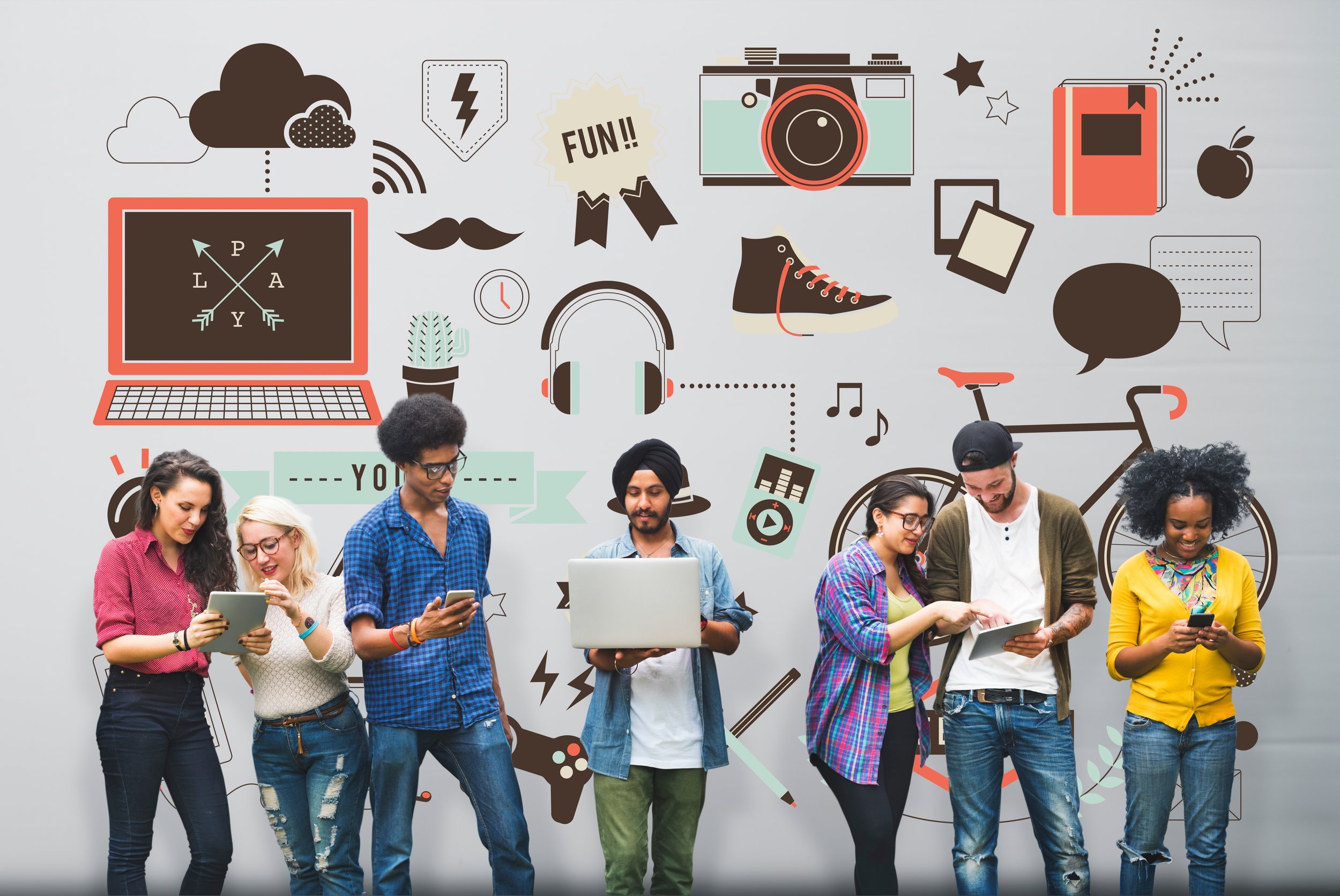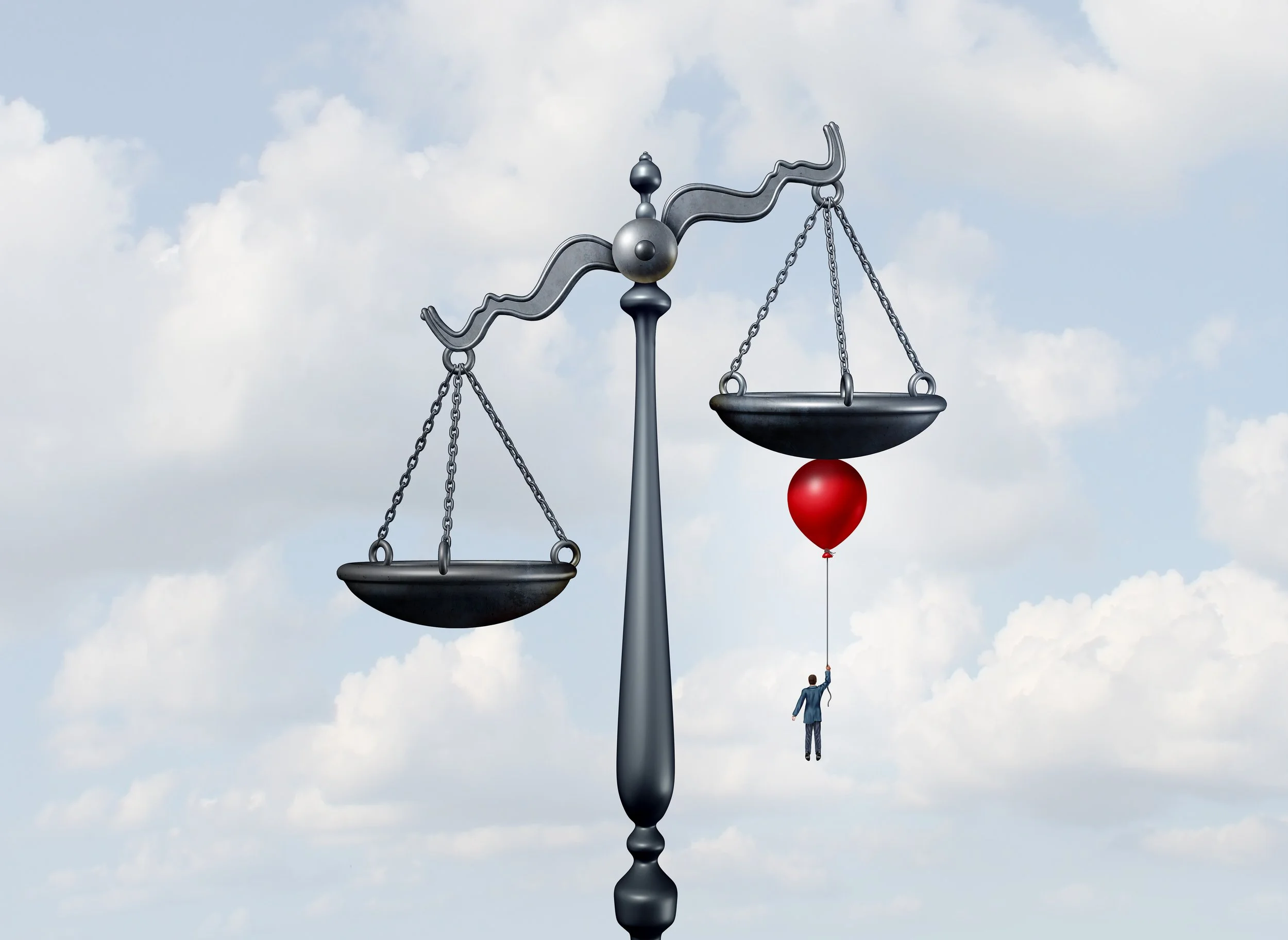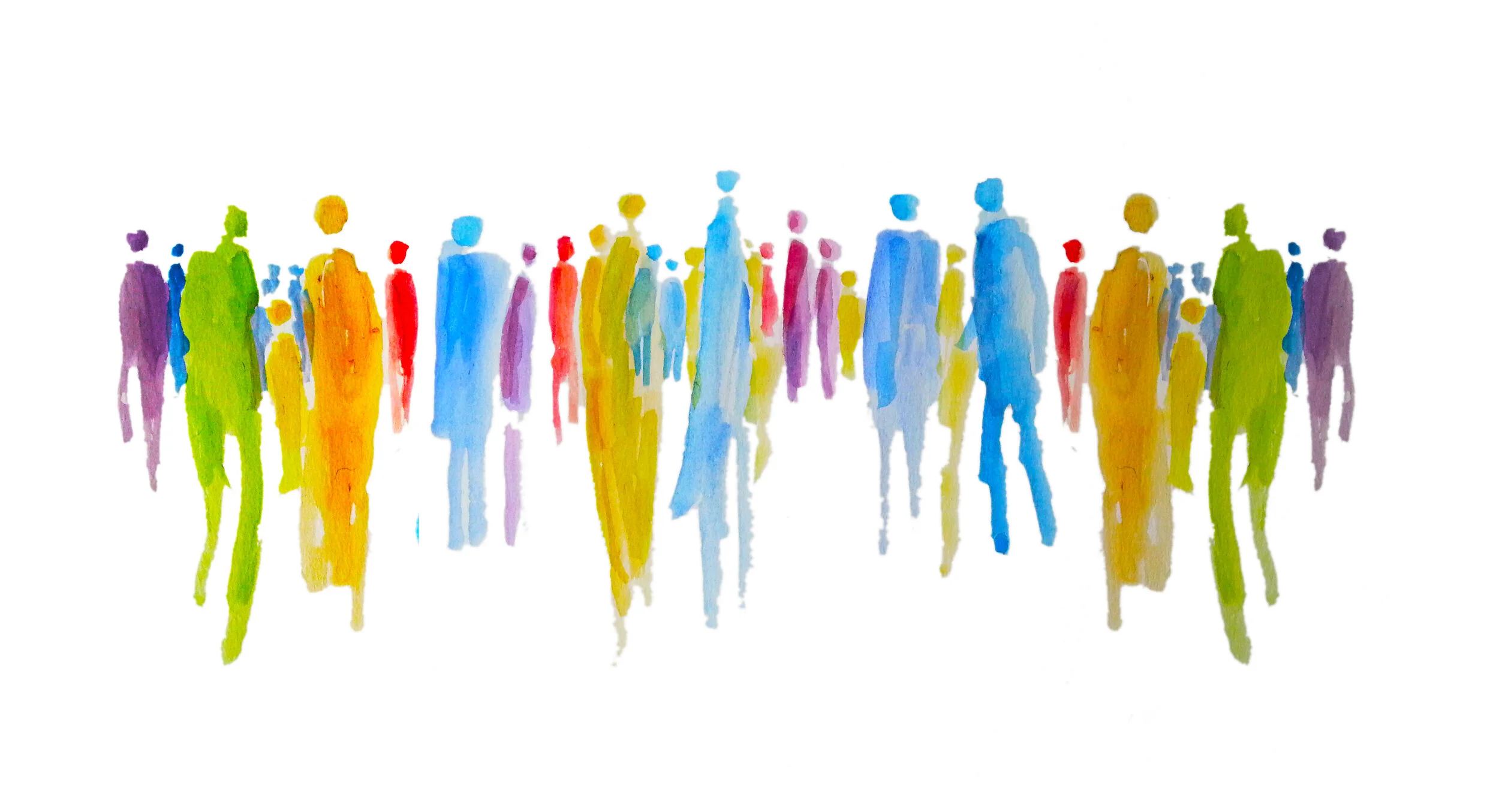Diversity and inclusion are instrumental parts of every workplace. Proper understanding and implementation of DEI leads to increased productivity, a positive workplace culture, and more! But as with many initiatives, we are always looking for ways to make this educational process more fun. As such, I have compiled a list of five DEI team-building activities for the workplace that can be conducted with any level of employees, from new recruits to leadership teams. Let’s jump right in, shall we?
1. My Fullest Name
This activity is a great icebreaker. In small groups, allow everyone to share the story of their full name: who gave it to them and why, any nicknames they have and why, the linguistic and/or ethnic origins of their name, and so on. Through this sharing, people have an opportunity to both express their own cultural heritage and learn more about the cultural heritage of others, which may lead to conversations about the importance of naming in various cultures. It may even spark curiosity about one’s own name, such as if one doesn’t know the linguistic origins! As a result, this activity is a simple but fun way to bring people together. The only point to note is that if transgender employees are participating, they are in no way expected to provide their deadname; the name they go by is their “fullest name.”
2. What’s Shaped Me
Similar to the previous activity, this DEI exercise is one based upon sharing. Each individual will think of three—or whatever number is most appropriate for the group at hand—moments from their lives that they believe were significant in shaping their identity. For example, a definitive moment that shaped my identity was when I moved to the US, because that move is what made me an immigrant. It has shaped how I view my opportunities, my environment, and the world itself. Each person will record their chosen moments on sticky notes and post them in the designated location, such as on a whiteboard. Afterwards, participants have the opportunity to explain each moment (to the extent they are comfortable), allowing for discussions of how these moments differ between each participant and why.
3. “I Am, But I Am Not”
This activity is a powerful and engaging way to discuss stereotypes. To participate, each individual fills out five different statements using this framework: “I am [x], but I am not [x].” The crucial element of this activity, of course, is that the two parts of the sentence people fill in should be related. Typically, the first part should be a reflection of an element of one’s identity, and the second part is a consequential stereotype. For example: “I am disabled, but I am not helpless.” This activity is often a personal one, as it requires reflection on the stereotypes that have harmed us and that other participants may believe (whether they’re aware of such or not). Nonetheless, this exercise is a powerful tool for constructive conversations about DEI in an engaging, nontraditional format.
4. Privilege Monopoly
We all know how competitive Monopoly can get, and this version takes it to the maximum (in an educational fashion, promise)! This activity can be played with any version of the Monopoly board game, as it is identical to a typical game of Monopoly—with one major exception. Before the game begins, assign random advantages (privileges) and disadvantages (discrimination) to various players. Some potential advantages include: one person gets double pay each time they reach GO; one person is given a set of three properties off the bat; and one person does not have to pay luxury tax. Some potential disadvantages include: start one player in jail so they lose their first three turns; one person gets only half pay each time they reach GO; and one person has to pay double luxury tax. What this activity demonstrates is the operation of privilege with a system—a microcosm of our own society, as it were, including the benefits of extensive financial resources and the struggles of surviving when we don’t have such privileges.
5. Poker Face
Last but certainly not least, this activity also demonstrates a microcosm of social privilege, only on a smaller—and less intense—scale than Privilege Monopoly. In this exercise, all participants should be given a playing card, but they cannot look at it. Instead, they need to place their cards on their head (perhaps with a headband or skin-safe adhesives) with the value facing outward, that way everyone can see what card they have except themself. Afterwards, instruct participants to interact with people based on the value of their card. For example, a King of Hearts has a higher value than a Three of Spades, meaning people would flock to the person with the King of Hearts. In essence, the higher the number, the closer participants want to be, and the lower the number, the further they want to be. This activity thus explores how society values some people more than others, which will ideally foster a conversation about privilege and how they manifest as “invisible” advantages and disadvantages (“invisible” in the sense that no one knew what card they had, meaning they didn’t know ahead of time what privilege or lack thereof they were being afforded).
So there we have it! Five DEI team-building activities that allow us to approach conversations of privilege, stereotypes, diversity, multiculturalism, and more, all in entertaining, engaging ways. You know, I think I’m in the mood for a game of Privilege Monopoly—anyone want to join me?
Dima Ghawi is the founder of a global talent development company with a primary mission for advancing individuals in leadership. Through keynote speeches, training programs and executive coaching, Dima has empowered thousands of professionals across the globe to expand their leadership potential. In addition, she provides guidance to business executives to develop diversity, equity, and inclusion strategies and to implement a multi-year plan for advancing quality leaders from within the organization.
Reach her at DimaGhawi.com and BreakingVases.com.
























